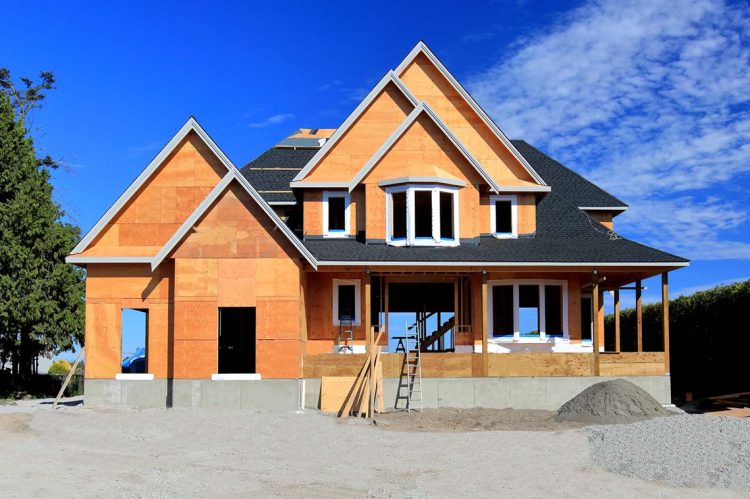Sales of new homes decreased unexpectedly last month amid rising mortgage rates and home prices, according to new data release today from the Commerce Department.
According to February data, new home sales decreased 2% to an annually adjusted rate of 772,000. This is 2% below the revised January rate of 788,000 and 6.2% below last year’s estimate of 823,000 in February 2021.
Key Findings:
- The average sales price for a new home was $511,000.
- The median price for a new home was $400,600
- Economists expected new-home sales to drop to an annual rate of 805,000.
- Sales rates varied widely by region
- Northeast new home sales rose 59%
- New home sales in the West fell 13%
The takeaway:
“New home sales slipped in February following a dip in existing home sales, as economic adjustments and rising geopolitical tensions took a bite out of the impact of impressive job gains and a record low post-pandemic era unemployment rate, said Danielle Hale, chief economist for realtor.com®. “Even though the Fed only adjusted the target for short-term rates last week, mortgage rates hit a series of new highs in the first half of February, which tempered briefly around the time of Russia’s invasion of Ukraine.
“A large number of young hopeful homeowners have already hit the market ahead of the official start of spring and are especially eager as rents continue to rise. But with the median sales price of new homes up, and only roughly 1 in 10 new homes sold for less than $300,000 compared with 3 in 10 new homes in this price range last year, a new home is not an option for many first-time homebuyers even before the impact of higher mortgage rates is considered.
“As we saw in the February construction data, slipping builder confidence amid high materials prices and ongoing supply chain headaches has caused builders to focus on pipeline management—completing already started homes and working to start homes that have already been permitted. Still, a historically higher share of new homes for sale remain in the “not yet started” category, not exactly a good alternative for a buyer seeking a move-in ready home.”
Hale concluded, “Looking ahead, households planning to move can expect higher costs whether they aim to own or rent. Tackling higher home costs will require creative approaches. With competitive labor market dynamics still at play, one option may be negotiating a more flexible work arrangement so that they can expand their home search boundaries into more affordable areas.”
Jerry Konter, chairman of the National Association of Home Builders (NAHB) and a builder and developer from Savannah, Georgia, commented, “The new home market is more important than ever as a source of inventory given the historically low level of resale homes available for purchase. However, higher construction costs are hindering new home sales as the cost of lumber, OSB, shingles and other materials rise. Policymakers could help by reducing tariffs on materials as an anti-inflation measure.”
NAHB Chief Economist Robert Dietz added, “New home sales softened in January and February as mortgage rates increased. NAHB is forecasting additional gains in interest rates as monetary policy meaningfully tightens in 2022, putting additional pressure on housing affordability. However, because there is such limited inventory of existing single-family homes on the market, additional new construction is required to meet demand even as building costs significantly outpace inflation.”












